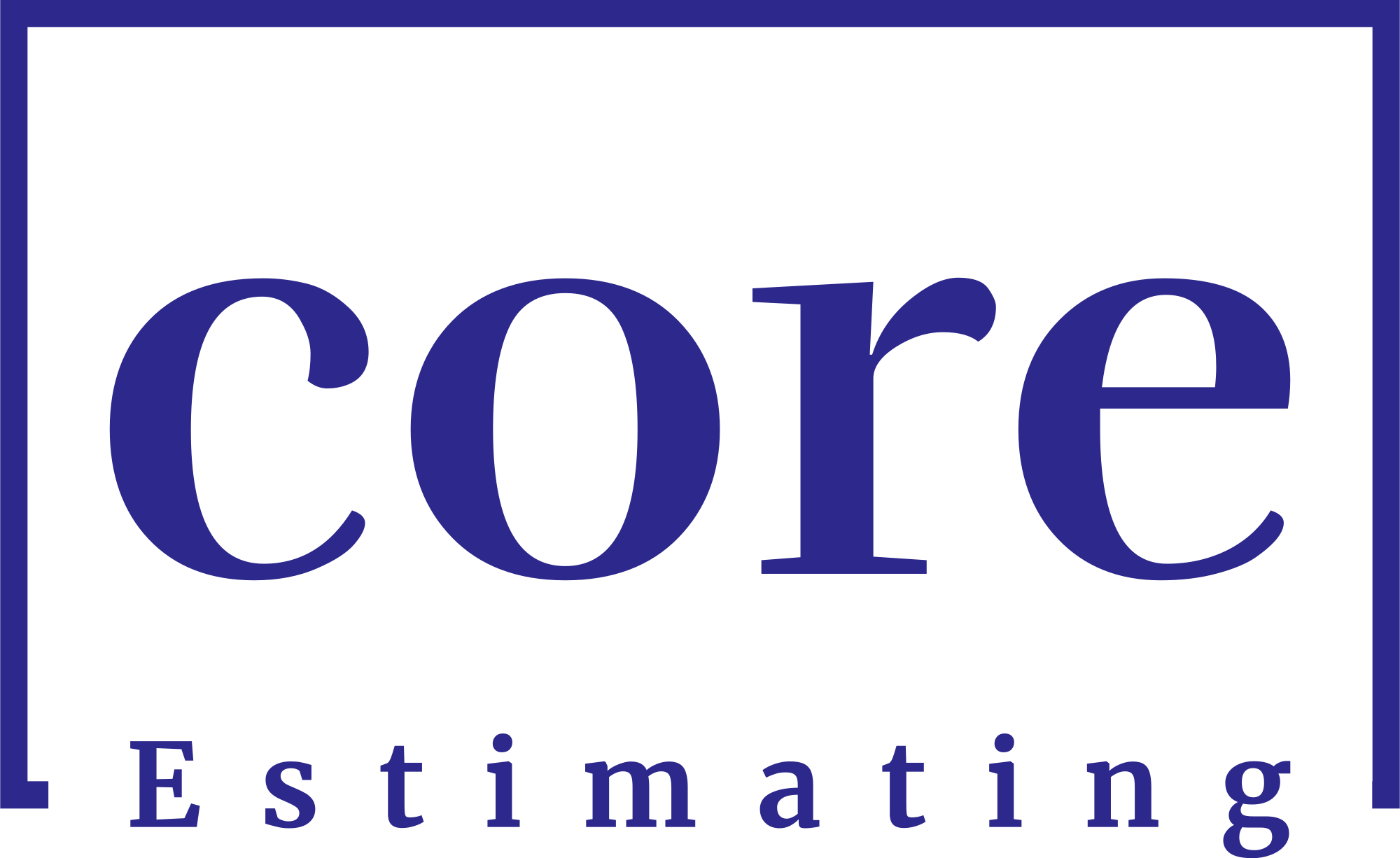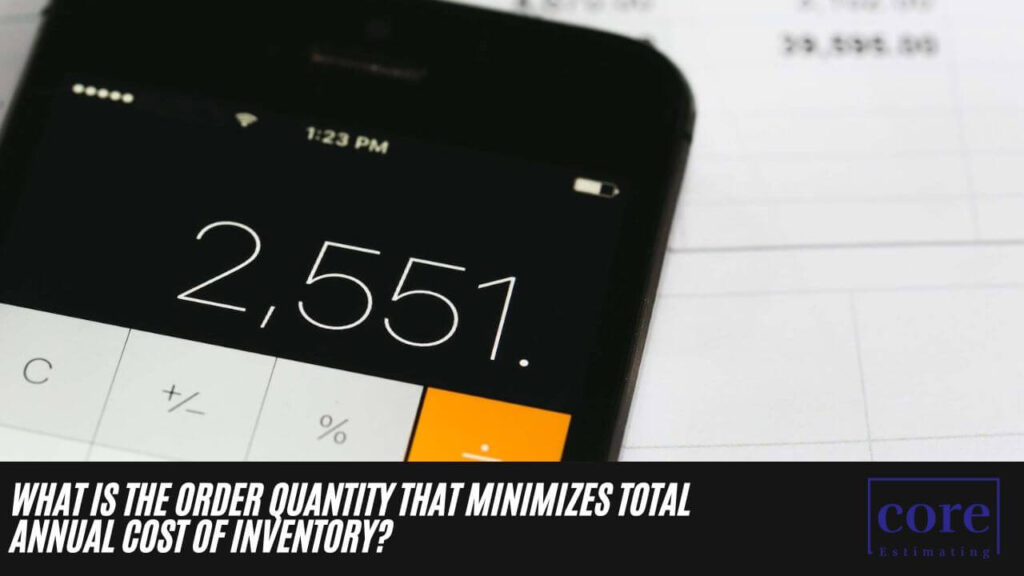Inventory management is the beating heart of any business. It not only affects your financial health but also impacts customer satisfaction. One burning question that keeps business owners up at night is, “What is the Order Quantity that Minimizes Total Annual Cost of Inventory?” In this article, we’ll dive deep into this essential topic, helping you navigate the maze of inventory management with confidence.
Understanding the Order Quantity Dilemma
The Order Quantity that minimizes Total Annual Cost of Inventory is the holy grail for businesses. To find it, you must strike a delicate balance between two types of costs: ordering costs and holding costs. Ordering costs include the money spent on placing and receiving orders, while holding costs are the expenses related to storing and managing inventory.
If you’re in need of construction estimate services, simply go to homepage or follow the links below:
| Services | Links |
|---|---|
| Detailing Services | Link |
| Building Information Modeling | Link |
| General Contractor | Link |
| Subcontractors | Link |
| MEP | Link |
Why It Matters
- Cost Minimization: Reducing costs is every business’s goal. When you discover the ideal order quantity, you’re essentially unlocking a treasure chest of savings.
- Operational Efficiency: Efficient inventory management ensures that you can fulfill customer orders promptly, leading to higher customer satisfaction and repeat business.
- Profit Maximization: Trim down unnecessary costs, and your profit margins will naturally soar.
The ABC Analysis
Before we roll up our sleeves and dive into the intricacies, let’s talk about the ABC analysis. It’s a nifty categorization technique that divides your inventory into three groups: A, B, and C. These groups signify the varying importance and value of your items and play a crucial role in determining the optimal order quantity.
- A-Class Items: These are high-value, low-quantity items that contribute significantly to your revenue. They need close attention.
- B-Class Items: These items fall somewhere in the middle. They are moderately important in both value and revenue.
- C-Class Items: These are high-quantity, low-value items. While they make up a substantial part of your inventory, they don’t contribute as much to your revenue.
Cracking the EOQ Formula
The Economic Order Quantity (EOQ) formula is your trusty tool for finding the optimal order quantity. It helps you strike a balance between the costs of ordering and holding inventory. Here’s the magic formula:
EOQ = √((2 * D * S) / H)
Where:
- D: The annual demand, or how many units you need in a year.
- S: The cost of placing an order.
- H: The holding cost per unit per year.
Putting the EOQ Formula into Action
Let’s say you run a bicycle shop. You sell 2,000 bikes a year (D). The cost of placing an order (S) is $50, and the holding cost per bike (H) is $10.
So, EOQ = √((2 * 2000 * 50) / 10)
EOQ = √(200,000)
EOQ ≈ 447 units
In this case, the optimal order quantity for your bicycles is around 447 units. Ordering this quantity will minimize your total annual costs.
Embracing Modern Solutions
In today’s business landscape, technology plays a pivotal role in fine-tuning inventory management. Using advanced software and data analytics can help you make more precise ordering decisions, ensuring that you always maintain the optimal order quantity.
Conclusion
Uncovering the order quantity that minimizes your total annual inventory costs is a game-changer for your business. With the EOQ formula, ABC analysis, and modern technology on your side, you can make informed decisions that cut down unnecessary expenses and boost your bottom line. Don’t wait; start implementing these strategies today and witness the transformation in your business’s efficiency and profitability






